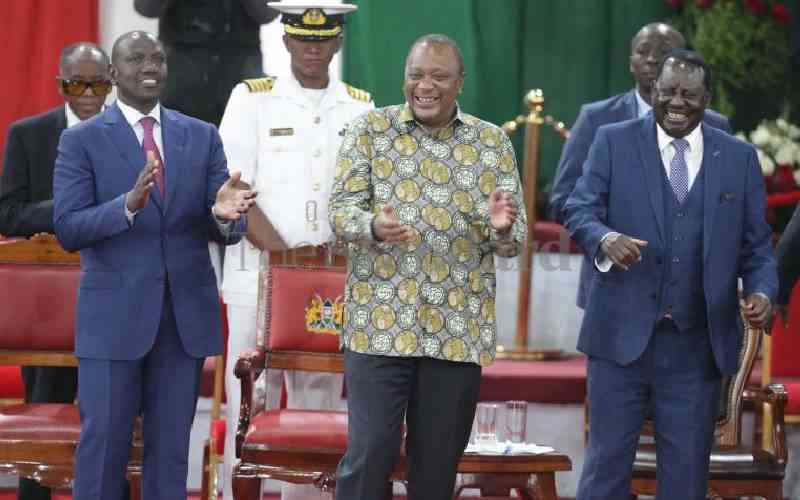
It requires boldness to go against obsolete strategies to solve today’s and future problems. When we encourage leaders to join in a transformation process, we are probably going to generate some misconception and anxiety.
For transformation to occur, relationship rules need to be adjusted: The follower becoming intentional to engage the leader but with a sense of dignity towards meeting the organisation’s strategic intent. We need to be open and take risks.
We can’t ask a leader to be an agent of transformation and at the same time, hide their unpleasant side under the carpet. When we invite our leaders into a paradigm-shifting process, we must be prepared to see the invisible part of the iceberg and hold a discussion as kindhearted adults who have power and choice in the relationship.
It requires bravery for a follower to challenge a leader by telling them that their ship rump is about hit the reefs and sink unless an intentional and well-choreographed change is implemented. Few leaders are fortunate to have such followers in their ship.
When there is behaviour that endangers the common purpose of an organisation, the brave followers easily recognises the need for transformation and champions the need for change with conviction.
They are more willing to be assigned roles that have discretion and responsibility. Please note that leadership development is not about the organisational need for coaching potential leaders but also to do with the followers showing their courage and the propensity to be turned-out as leaders.
The courage or the willingness of the follower to tell the leader the truth without fear or risk of displeasing them is a barometer for leadership maturity in an organisation.
However, the above doesn’t strip off the ultimate authority and accountability from the leader but reduces the chance of distorting the leader’s decision making processes and interpersonal dynamics.
It’s however, important to remember that, leaders are not puppets, and they carry their ego with them just like all of us do. If leaders strongly disagree with our input, an employee is encouraged to persist without letting the effort result in a power struggle. You need to do your math correctly in line with what Kofi Annan said ‘choices have consequences’.
Language analogy
It is arguable that, even though we can speak different languages, more often than not, we still reason in our first language and somehow retain the primary accent. So it is with our core belief system.
It’s important to note that, the leader has been cultured in a certain way, and it requires patience and tact to help them see their blind-spots.
The more leaders buy into the process of transformation, the higher the probability that they will fully engage with time. As change agents, it is our responsibility to help other stakeholders, to understand and open up to the process.
Allow me to share three essential suggestions; Suggestions that would make employees be able to credibly and decently challenge the leaders’ perspectives. Be a repository of reliable opinions and assessments to support decision making. Avoid the use of rumours to challenge a position.
Stay informed. Subscribe to our newsletter
Modelling change for a leader - When a leader is engaged in transformation, old ways starts to dwindle and the appetite for new ways of doing things increase. As a way of reciprocity, employees can also model the desired behaviour to the leader. Positively reinforce a leader’s new behaviour. Persistence is often the difference between success and failure.
-The writer is a professional in leadership and risk management strategies
 The Standard Group Plc is a
multi-media organization with investments in media platforms spanning newspaper
print operations, television, radio broadcasting, digital and online services. The
Standard Group is recognized as a leading multi-media house in Kenya with a key
influence in matters of national and international interest.
The Standard Group Plc is a
multi-media organization with investments in media platforms spanning newspaper
print operations, television, radio broadcasting, digital and online services. The
Standard Group is recognized as a leading multi-media house in Kenya with a key
influence in matters of national and international interest.
 The Standard Group Plc is a
multi-media organization with investments in media platforms spanning newspaper
print operations, television, radio broadcasting, digital and online services. The
Standard Group is recognized as a leading multi-media house in Kenya with a key
influence in matters of national and international interest.
The Standard Group Plc is a
multi-media organization with investments in media platforms spanning newspaper
print operations, television, radio broadcasting, digital and online services. The
Standard Group is recognized as a leading multi-media house in Kenya with a key
influence in matters of national and international interest.










